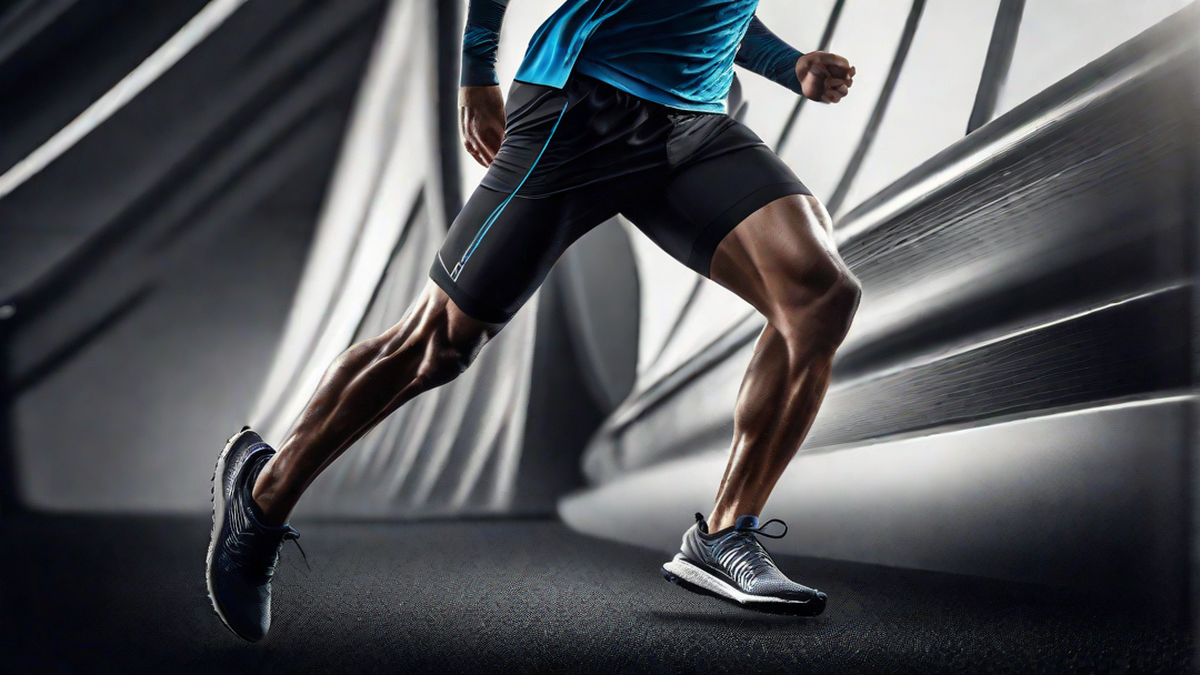As a running enthusiast, I’ve always been on the lookout for the best gear to enhance my performance and ensure comfort and support during my runs. One of the popular debates in the running community is whether Nanos, a type of athletic shoe, are suitable for running. In this article, I’ll share my personal experience and insights on whether Nanos are good for running.
Understanding Nanos
Nanos are known for their durability, stability, and versatility. Originally designed for CrossFit training, these shoes have gained popularity among runners due to their robust construction and support features. The flat, firm sole provides a stable base, making them appealing for various athletic activities.
My Experience
After trying out Nanos for running, I found that while they excel in weightlifting and functional fitness workouts, they may not be the ideal choice for long-distance running. The minimal cushioning and firm sole, which are advantageous for lifting and agility exercises, can lead to discomfort and fatigue during extended runs. I noticed a lack of the responsiveness and impact absorption that dedicated running shoes offer.
Running Dynamics
During my runs in Nanos, I observed that the shoe’s design, which prioritizes stability, didn’t quite cater to the dynamic movement and impact dispersion required for running. The rigid structure, while beneficial for lateral support, felt restrictive in accommodating the natural flexion of the foot while running. This can potentially lead to an increased risk of injury, particularly during longer runs where foot fatigue becomes a significant factor.
Specific Use Cases
While I don’t favor Nanos for regular running, I have found them to be suitable for certain running-related activities. For instance, short sprints, HIIT (high-intensity interval training), and agility drills can benefit from the stable platform and lateral support provided by Nanos. Additionally, they can serve as a cross-training option for runners to include strength and conditioning exercises in their regimen.
Final Verdict
Based on my personal experience and exploration of the topic, I’d recommend using dedicated running shoes for consistent and long-distance running. The cushioning, responsiveness, and impact absorption offered by running shoes play a crucial role in preserving the runner’s comfort and minimizing the risk of injury. However, for runners looking to diversify their training and incorporate various workouts, including weightlifting and short bursts of running, Nanos can be a valuable addition to their gear collection.
In Conclusion
Ultimately, the suitability of Nanos for running boils down to the individual’s specific training goals and preferences. While they may not top the list for long runs, the versatility and robustness of Nanos make them a valuable asset for a well-rounded fitness routine.

